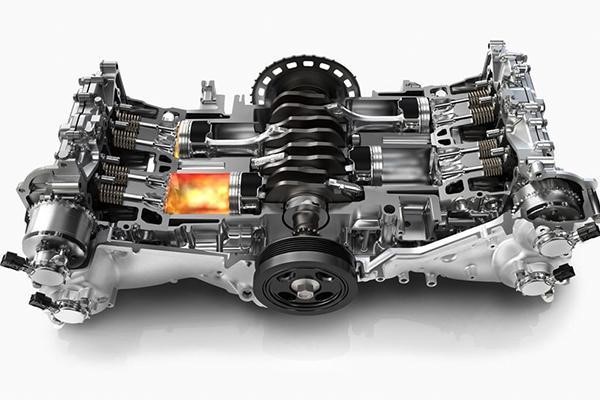The engine is a vehicle’s central component. Its lifetime and functionality are impacted by the accumulation of filth, grease, and grime over time. Your engine’s efficiency can be greatly increased with routine cleaning and maintenance, guaranteeing smooth running and possibly prolonging its life. Although cleaning your engine may seem like a difficult operation, it is actually rather doable if you take the proper safeguards and technique.
Planning and Safety Procedures
It’s important to take the appropriate safety precautions before beginning the cleaning process:
Assemble Materials:
- Engine Degreaser: Pick a premium degreaser appropriate for the sort of engine you have.
- Safety Equipment: Put on old clothes, gloves, and eye protection to protect your eyes from chemicals and dirt.
- Tools and Brushes: Keep a scraper, hose, and several brushes with medium, hard, and soft bristles.
- Taped plastic bags: To prevent water damage, cover delicate elements like the alternator, intake, and electrical components with plastic bags and tape.
Safety Measures:
- Cool Engine: Make sure the engine is cool before handling any parts to prevent burns.
- Disconnect the battery: To avoid any electrical accidents, remove the negative connector.
- Steer clear of Sensitive Areas: Take extra care when near sensors and other sensitive electrical parts.
Methodical Cleaning Procedure
1. Getting ready:
Park your car away from the sun and in a place with good ventilation.
Tape sensitive components in place after covering them with plastic bags.
In order to avoid electrical accidents, disconnect the battery.
2. Degreaser Application:
Liberally spray the engine degreaser throughout the engine bay, paying particular attention to regions that have a lot of buildup.
Give the degreaser the full amount of time indicated on the product label to settle. This enables it to efficiently dissolve the oil and filth.
3. Brushing and Scrubbing:
To clean the engine bay, use a variety of brushes with varying bristle strengths. For softer areas, begin with a light brush and work your way up to medium and hard brushes for more difficult places.
Pay close attention to any places where dirt tends to collect, such as the hoses, the engine, and cracks.
For tough, caked-on dirt, use a scraper, being careful not to scratch any surfaces.
4. Rinsing the Engine Bay:
To rinse off the degreaser and loose dirt, use a garden hose or a low-pressure pressure washer.
To avoid causing water damage, make sure you avoid applying high pressure directly on sensitive regions or electrical components.
5. Concluding Notes and Drying:
Before starting the car, let the engine air dry fully.
Verify that all plastic covers and bags have been removed from the engine bay.
When all is dry, reconnect the battery terminal.
After-Cleaning Pointers
A few further actions after cleaning your engine can guarantee peak performance:
- Examine for Leaks: Keep an eye out for any indications of damage or leaks that may have been covered up by dirt.
- Use Protectant: To safeguard rubber hoses and plastic parts, think about using an engine protectant or dressing.
- Test Drive: To make sure everything is working as it should, do a quick test drive.
In summary
Don’t underestimate the importance of engine cleaning in terms of car maintenance. You may efficiently remove dirt and grime and extend the life and efficiency of your car’s engine by adhering to the right methods and safety precautions. Maintaining regular maintenance and cleaning will help to keep your engine running at peak performance for many years to come.


